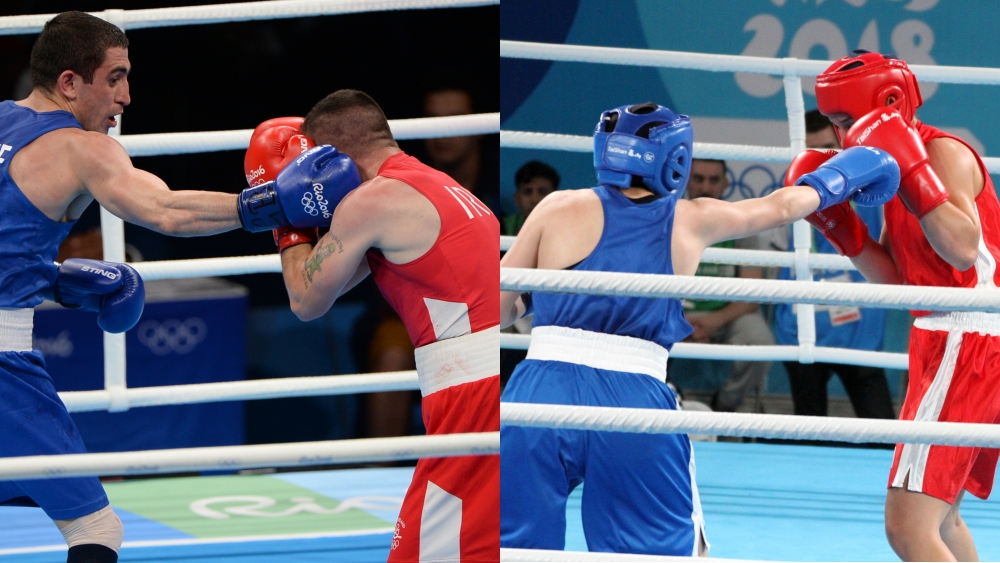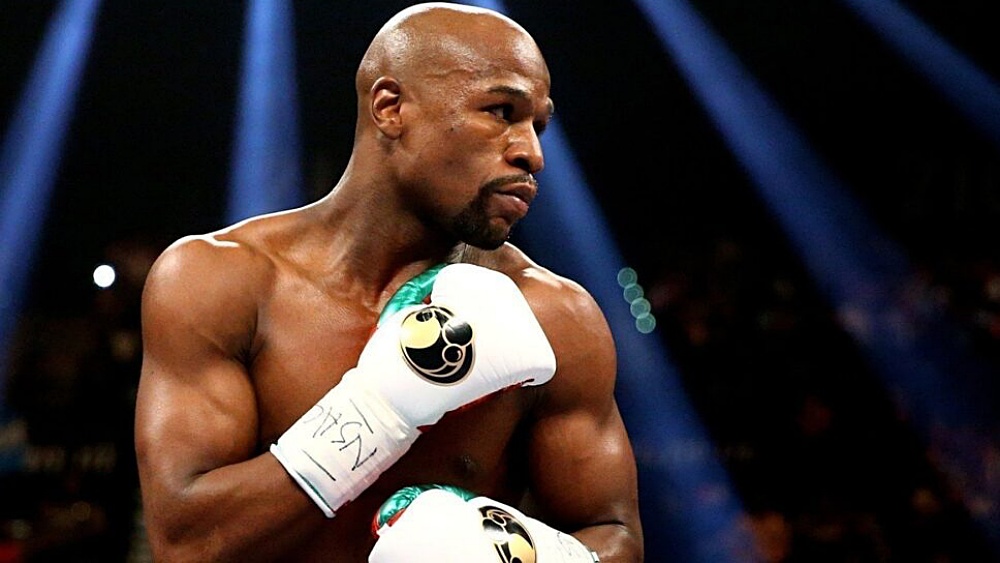Learning how to fight up close and personal as a boxer is one of the most valuable skills you can build. Most boxers tend to shy away from fighting inside since it’s typically not how they’re trained to fight.
It also seems to go against conventional boxing logic. Why get up close to your opponent so they can land punches on you? Boxing is the art of hitting your opponent and not getting hit, isn’t it?
However, this type of thinking leaves some boxers in serious trouble when they find themselves fighting inside. They don’t spend much time working on it in the gym, so they panic when an opponent crowds them. This article will explore why every boxer should work on being comfortable fighting inside.
The Art Of Inside-fighting In Boxing
Many boxers who are good at inside-fighting were forced to learn how to fight at close range due to circumstances out of their control. For example, short guys like Mike Tyson have difficulty reaching taller opponents, so inside-fighting is often their only way to victory. Tyson is 5’10”, while the average heavyweight boxer is about 6’2″. Barring having abnormally long hands, fighting outside would be silly for a boxer who is one of the shorter competitors in a division.
Slow boxers who often find themselves struggling to compete with the hand speed of their opponents can also benefit from fighting inside. It’s an excellent way to limit opponents’ speed and reduce their output.
Some of the main benefits of being good at inside-fighting include:
1) You Can Use It To Pressure Opponents Psychologically And Physically
Being competent at fighting inside allows you to physically and mentally pressure your opponents. You become an annoying fly they can’t get rid of. You’re constantly in their face and landing hard shots on them. This prevents them from controlling the pace of the fight and executing their game plan. They spend most of the fight looking for a break in the action that never comes. A less talented boxer can frustrate a more technical boxer with inside-fighting pressure. It often negates their best weapons and makes it challenging for them to think inside the ring.
2) It Nullifies Your Opponent’s Physical Advantages
Fighting inside is an effective way to get around physical advantages your opponent might have on you, like their reach, height, skills, defense, speed, and power. Getting up close and personal prevents them from getting the angle or distance they need to make the most out of these attributes.
3) You Can Slow Down The Pace Of A Fight With Inside-fighting
Fighting on the inside is an effective way to slow down a fight’s pace. You can grab your opponent when you’re inside, forcing the referee to break you two apart. You can also use it to set up some dirty boxing, throwing shots with one hand while grabbing your opponent.
4) You Can Use It To Tire Out Opponents
Fighting on the inside often tires out opponents when done correctly. For example, you can lean on your opponent once inside, forcing them to carry your weight. You can also use your pressure to keep them constantly on their backfoot. Running around a ring backward is a lot more tiring than running forward.
How To Improve Your Inside-fighting Game
The best way to improve your inside-fighting game is to spar with guys who are better than you. You can also find decent training partners by looking for short, stocky guys with good head movement. Ideally, they should also have some experience boxing. If you don’t have access to anyone like that, you can work on it by yourself in the mirror. This won’t give you the same feedback as sparring would, but it’s still useful.
Some of the simple things you can do to improve your inside-fighting abilities include:
1) Roll And Slip Your Head While Closing The Distance
https://www.youtube.com/watch?v=qenx90Aimfs
Don’t expect opponents to just stand there and allow you to close the distance on them. That’s not how this works. A competent boxer would instinctively try to keep you away with their jab and footwork, so you should be ready to evade or block punches while closing the distance.
Mike Tyson used impressive head movement to close the distance on his opponent. He was constantly moving his head during his fights, slipping punches, and countering with hard punches while closing the distance on his opponents.
2) Distract Your Opponent With Feints
Feints can also help you to open the path to your opponent. Follow your feints with small, subtle steps that get you closer to the target. Each feint momentarily keeps your opponent busy, allowing you to get in their face. Mix some punches in with your feints to keep your opponents guessing as you encroach on their personal space.
3) Wear Down Your Opponent With Clinching And Dirty Boxing
You don’t have to wait until an opponent catches you with a huge punch to clinch up with them. Clinching allows you to lean on your opponent, forcing them to work harder as they carry your weight. Clinching up with your opponent also puts you in position for some dirty boxing.
Bernard Hopkins is an excellent example of a boxer who excelled at fighting inside and in the clinch. He often used it to tire out opponents while simultaneously frustrating them. His fighting style was so effective that he won his last world championship at 46.
4) Use Your Footwork To Move In And Out Of Range On The Inside
Fighting on the inside doesn’t mean you have to stay there the entire time. Use your feet to move out of range when you need to reset and get back in there. This can be very frustrating for opponents since it leaves them constantly trying to figure out the range you’re fighting from.
Practice, Practice, Practice
If you’re serious about improving your inside-fighting game, it’s essential to focus on all aspects of your boxing technique and training. This might include spending more time in the gym, incorporating additional drills into your training routine, and working with a coach or trainer who can help you refine your skills. You can become a formidable inside fighter and be more successful in the ring with dedication and hard work!
Attend one of Evolve’s complimentary introductory boxing classes for more inside fighting tips.
Book your complimentary trial class with our World Champions below!
If you have any other questions regarding Evolve MMA and the programs we offer, you can get in touch with our membership executives at the following locations:
Evolve MMA (Far East Square)
26 China Street
Far East Square #01-01
Singapore 049568
Phone: (65) 6536 4525
Evolve MMA (Orchard Central)
181 Orchard Road
#06-01 Orchard Central
Singapore 238896
Phone: (65) 6536 4556
Evolve MMA (KINEX)
11 Tanjong Katong Road
#02-52 KINEX
Singapore 437157
Phone: (65) 6288 2293
Evolve MMA (Clarke Quay Central)
6 Eu Tong Sen Street
#04-18 Clarke Quay Central
Singapore 059817
Phone: (65) 6226 2150



















